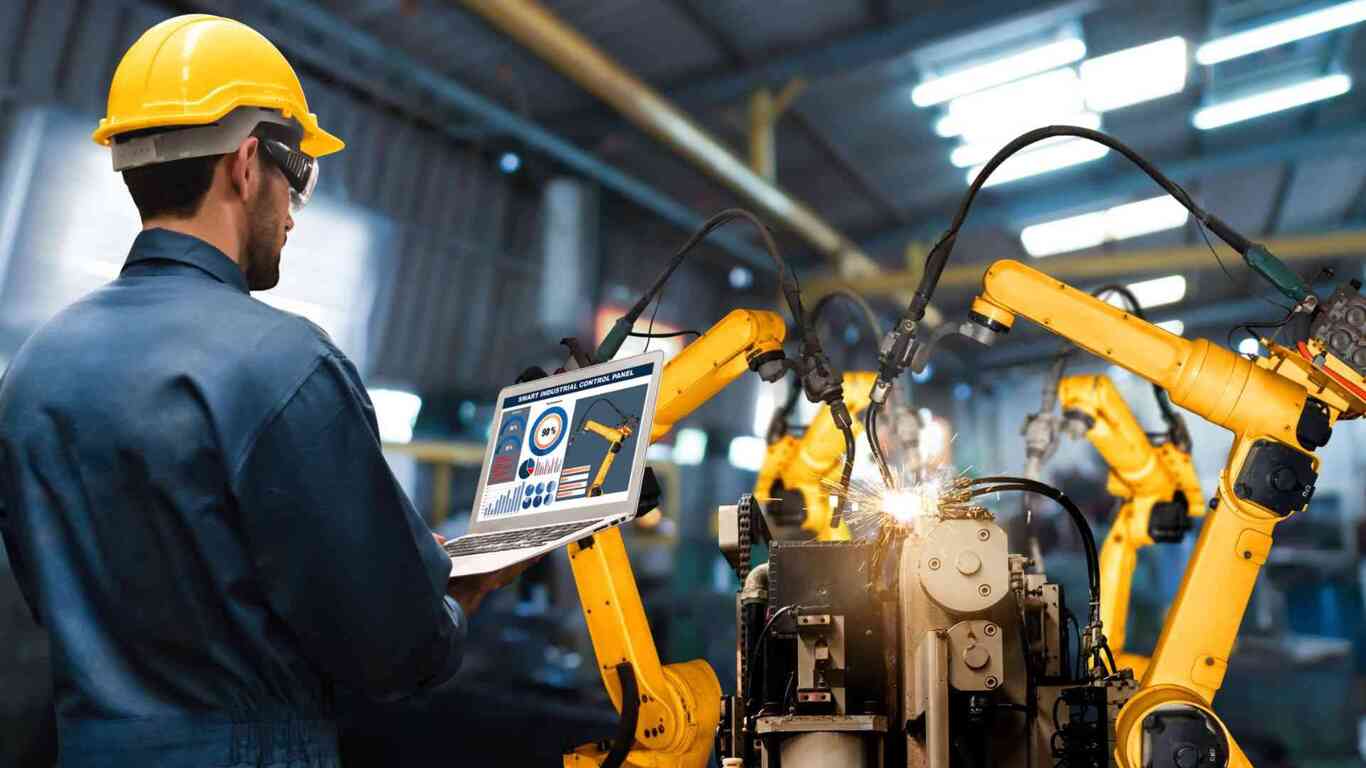EHS is an acronym that stands for Environment, Health, and Safety. It is commonly used in the United States where it refers to the discipline covering many specialized fields and focused on the protection of workers from hazards, the prioritization of their safety, and the incorporation of environmentally sound practices in the industry. The equivalent term in the United Kingdom and Europe is SHE or HSE. We’ll observe each of these terms based on their industrial connotations:
Environment
The environment is the sum total of the natural world that surrounds and influences industrial activity. It includes air, water, and land and in EHS, refers to the impact of industrial activities on these environmental elements. Long-term, environmental degradation by industrial activities unbalances the ecosystem and disrupts the food chain. And for humans, it may lead to a myriad of diseases and health challenges.
Health
Health, according to the WHO, is a state of physical, mental, and social well-being; but not necessarily the absence of diseases. In other words, an individual with a chronic health condition can be certified healthy, provided they have learned how to manage the condition to the extent that it no longer affects their day-to-day life. This definition is noteworthy because it encourages organizations to consider the ergonomic and psychosocial effects of work and not merely focus on the physical toll of job tasks.
Safety
Safety is a condition of being protected from hazards. Here, hazards can be generic or particular to the industry and include anything that has the potential to cause harm. In EHS, the standard practice is to conduct a hazard and effect analysis to thoroughly examine workplace hazards – ranking them based on the likelihood of their occurrence/ severity of their consequences. Afterwards, measures can be put in place to mitigate them from the highest-ranked.
These days, many organizations have specific EHS departments that ensure that their processes are in compliance with guiding regulations and industry-wide requirements. Using a systematic and/or data-based approach, the EHS department narrows its sights on preventing (and limiting) occupational accidents and injuries. Also, they help to stimulate collaboration between employers and employees and may organize inclusive educational programs periodically.
Estimates from the International Labour Organization (ILO) show that over 2 million people die every year from work-related accidents and diseases and over 160 million suffer from work-related diseases. These figures demonstrate that EHS is not a cosmetic endeavor but an absolute necessity to save lives in workplaces.
Why EHS is important for organizations:
- It lowers costs – in the area of medical and/or compensation payments in the event of an injury or accident
- It reduces the frequency of machinery repairs or replacement
- It eliminates the prospect of speed training new workers (to replace injured workers).
- It lessens downtime and helps industries avoid a drop off in productivity and yields
- It boosts employee morale
- It improves public relations and reputation




